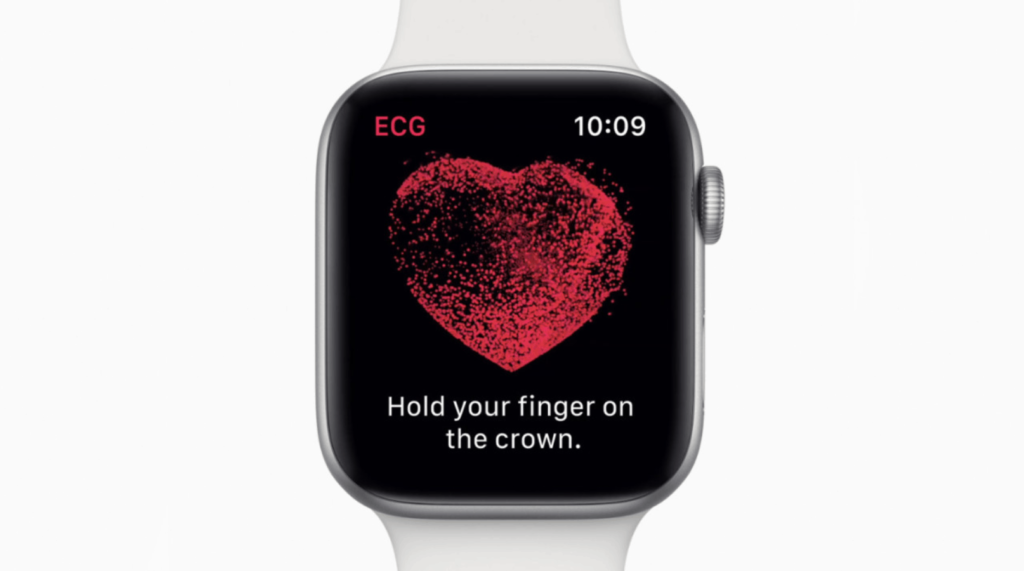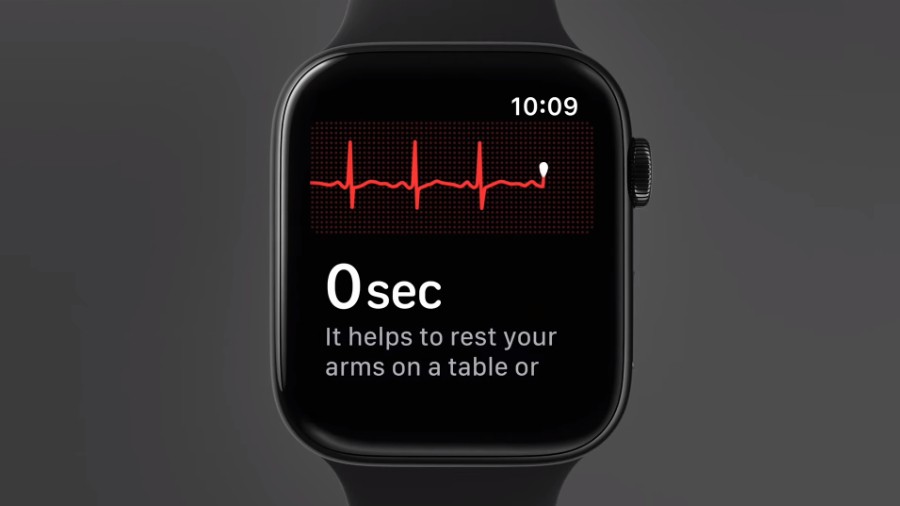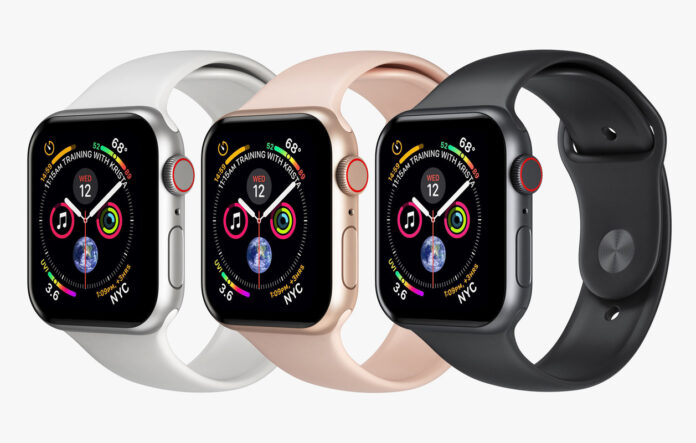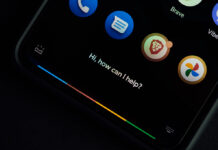The Apple Watch is not just a niche smartwatch anymore. This includes the ability to take ECG readings, fall detection, larger and better displays that go all the way to the edge, and an improved heart rate sensor. Initially, the ECG on the Apple Watch didn’t work in India for want of the necessary regulatory approvals, but now it just works perfectly fine. Let’s just first some general information about the watch the Apple Watch Series 4 has a display that extends nearly to the edge of the screen. The Series 4 sizes are now 40mm and 44mm rather than 38mm and 42mm. The optical heart rate sensor has just one LED instead of the four that previous models had. The Series 4 models, just like with the Series 3, have LTE variants to allow you to make phone calls and receive messages even when your phone is switched off. The speaker occupies more space on one side, and the microphone has been moved to the other side, between the digital crown and the side button.
The Watch also comes with a host of other improvements like a processor that’s up to two times faster than the one in the Series 3 watch, a second-generation optical heart sensor, an improved accelerometer and gyroscope that enable fall detection, Bluetooth 5.0 support, and 16GB storage standard on both GPS and GPS+Cellular models.
Table of Contents
How to set up:

- To use the ECG app, you will first need to upgrade your supported iPhone to iOS 13. To update to iOS 13, go to Settings > General > Software Update.
- After upgrading to iOS 13, you will now need to upgrade your Apple Watch 6 to watchOS 6. To do so, connect your Apple Watch SE to the charger and then open the “Watch” app on your iPhone.
- Go to the ‘General’ option in the Watch app on iPhone and tap on Software update.
- Once the Apple Watch 6 has been upgraded to watchOS 6, you will now need to set up the ECG feature.
- Open the Watch app on iPhone and scroll down to the ‘Heart’ option
- Tap on the Setup ECG option
- Enter Your Date of Birth to proceed and then the setup will be completed.
How to measure ECG on Apple Watch SE:

- To measure ECG, open the ECG app on Apple Watch 6
- Place your index finger on the digital crown of the watch. Do not press the crown, just touch it.
- To complete the ECG reading, keep on touching the digital crown for 30 seconds without any movement. Also, breathe normally while the ECG recording is taking place.
The ECG app can indicate whether your heart rhythm shows signs of atrial fibrillation (AFib), the most common type of irregular heartbeat and a major risk factor for stroke, and the irregular heart rhythm notification (for all Apple Watches) will alert you of irregular heart rhythms suggestive of AFib. Heart disease and stroke, despite being preventable, remain the leading cause of death for both men and women in the US, so it makes sense that people would be eager to adopt any sort of preventative heart-related technology.
Limitations Of ECG App
When you place your fingertip on the electrode, it creates a closed circuit from finger to heart to the wrist and allows the watch to record the electrical impulses that make your heartbeat. This feature replicates a single-lead ECG with a titanium electrode in the watch’s Digital Crown and a layer of chromium silicon carbon nitride on the back of the watch. The Apple Watch can be a useful tool for monitoring your heart health, but it has limitations.
To properly diagnose when someone is in AFib, doctors use 12-lead ECG machines. They use electrodes placed on different parts of the body to evaluate the heart’s electrical activity in three directions (right to left, up and down, and front to back), which provides a clearer picture of its movement through the heart’s four chambers.
The Apple Watch can only detect irregular heart rhythms, which are a risk factor for stroke. As Apple’s website states: The ECG app can’t detect a heart attack, blood clots, stroke, or other heart-related conditions, including high blood pressure, congestive heart failure, high cholesterol, or other forms of arrhythmia.

















![TamilRockers Proxy: Unblock TamilRockers [All New Working Links 2021] Tamilrockers-proxy](https://www.techontable.com/wp-content/uploads/2021/01/Tamilrockers-proxy-100x70.png)
